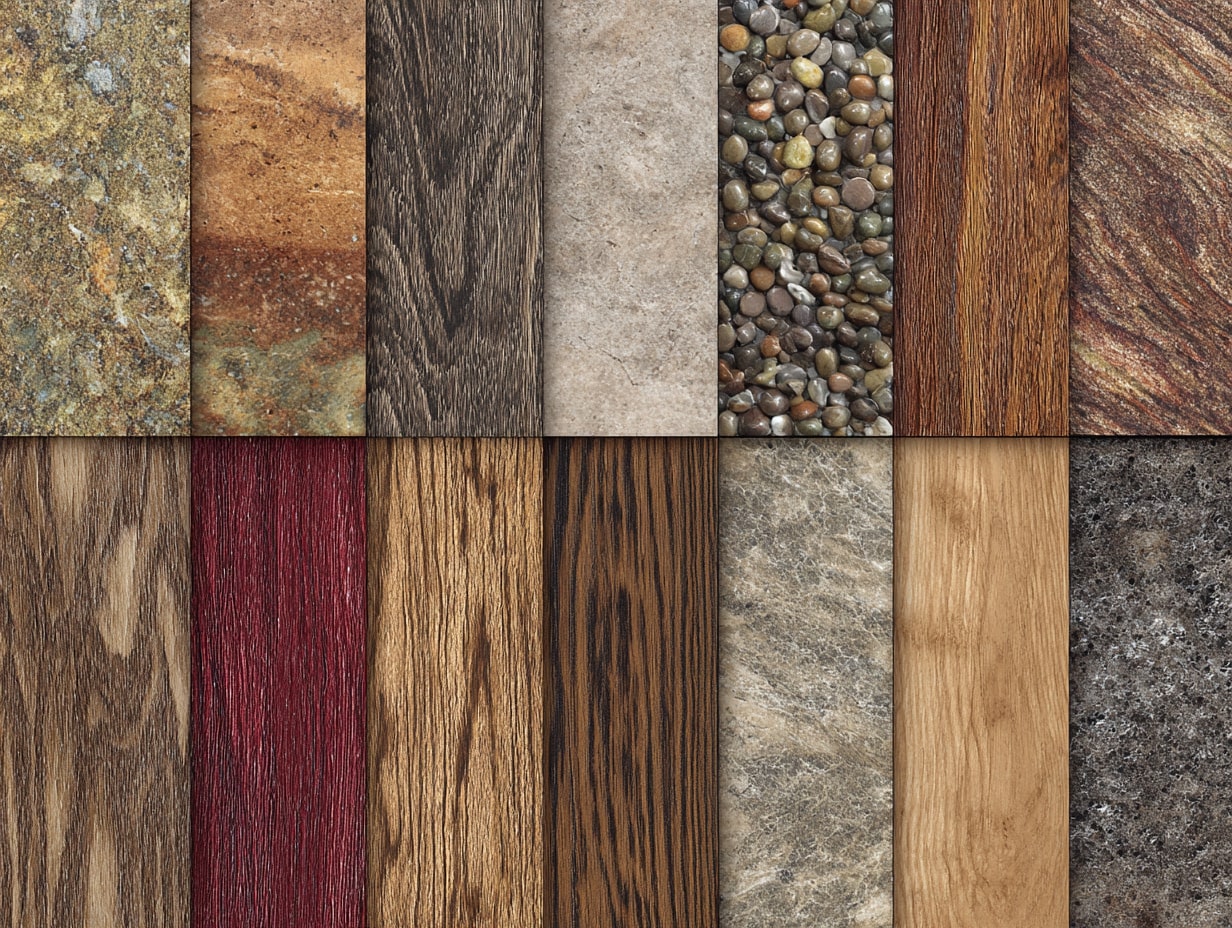- Home
- Articles
- Architectural Portfolio
- Architectral Presentation
- Inspirational Stories
- Architecture News
- Visualization
- BIM Industry
- Facade Design
- Parametric Design
- Career
- Landscape Architecture
- Construction
- Artificial Intelligence
- Sketching
- Design Softwares
- Diagrams
- Writing
- Architectural Tips
- Sustainability
- Courses
- Concept
- Technology
- History & Heritage
- Future of Architecture
- Guides & How-To
- Art & Culture
- Projects
- Interior Design
- Competitions
- Jobs
- Store
- Tools
- More
- Home
- Articles
- Architectural Portfolio
- Architectral Presentation
- Inspirational Stories
- Architecture News
- Visualization
- BIM Industry
- Facade Design
- Parametric Design
- Career
- Landscape Architecture
- Construction
- Artificial Intelligence
- Sketching
- Design Softwares
- Diagrams
- Writing
- Architectural Tips
- Sustainability
- Courses
- Concept
- Technology
- History & Heritage
- Future of Architecture
- Guides & How-To
- Art & Culture
- Projects
- Interior Design
- Competitions
- Jobs
- Store
- Tools
- More
Top Architectural Facade Design Tips for Modern, Sustainable Buildings

Designing the perfect building facade is an art and science that requires a blend of creativity, precision, and thoughtful planning. As architects, we know that the facade is not just the exterior skin of a building but a crucial element that influences light exposure, energy efficiency, and overall aesthetic appeal. By adhering to fundamental architectural principles, we can create facades that are both functional and visually stunning.
In this article, we’ll explore nine essential tips for designing exceptional building facades. From selecting materials that affect light exposure to ensuring consistency in design, these guidelines will help us craft facades that meet the needs of residents, pedestrians, and visitors alike. Whether it’s optimizing for energy efficiency or incorporating modern technologies, these tips will provide a comprehensive roadmap for achieving architectural excellence.

Table of Contents
ToggleUnderstanding Architectural Façade Design
Importance in Modern Architecture
Architectural façade design significantly impacts modern architecture. It’s not just the building’s exterior; it shapes the character and functionality of the entire structure. In contemporary urban landscapes, façades must be practical and visually striking. They contribute to energy efficiency by regulating heat and light, thus reducing reliance on artificial systems. For example, the Shanghai Tower uses a double-skin curtain wall to enhance natural ventilation, minimizing the need for mechanical cooling. By integrating sustainable elements like rainwater harvesting and renewable energy systems, modern façades can foster environmental responsibility.
Key Principles for Effective Designs
Creating effective façade designs involves understanding essential principles. First, material selection is crucial. Choosing materials that complement the local climate and existing urban fabric can improve durability and aesthetic cohesion. For instance, combining glass, metal, and recycled materials can create visually stunning and long-lasting façades.
Second, geometric shapes and patterns can enhance visual appeal. Dynamic façade designs using varying shapes and patterns create interesting light and shadow effects, adding depth and character to the building.
Third, incorporating green, biophilic elements can enhance sustainability. Adding vertical gardens or green walls to façades not only improves air quality but also brings a touch of nature into urban settings, enhancing the well-being of occupants and passersby.
Lastly, façade designs should consider the building’s purpose and its interaction with the surroundings. For example, educational institutions might use lighter materials and open designs to foster an inviting atmosphere, while corporate buildings might opt for more formal, sleek designs to convey professionalism. Understanding these principles helps architects craft façades that are both functional and aesthetically pleasing.
Materials and Technologies in Façade Construction
Innovative Materials Used in Modern Façades
Modern facades leverage a variety of innovative materials to enhance a building’s appearance and performance. Glass, often used for curtain walls, provides transparency and modern aesthetics. The insulating glass units with low-emissivity coatings minimize heat transfer, increasing energy efficiency. Composite materials like aluminum composite panels offer durability and lightweight properties, making them ideal for complex designs. Additionally, natural materials such as wood and stone bring an organic touch while improving insulation and aesthetic richness.
Technologies Enhancing Façade Functionality
New technologies are significantly enhancing facade functionality by improving energy efficiency and occupant comfort. Dynamic shading devices, responsive to solar angles, optimize natural light and minimize glare, reducing the need for artificial lighting. Wind turbines integrated into facades generate renewable energy, contributing to the building’s sustainability. Rainwater harvesting systems collect and store water for reuse, reducing reliance on external water sources. Advanced computational tools, such as energy modeling software, allow us to analyze the building’s energy consumption and facade thermal performance, guiding the selection of appropriate glazing, shading systems, and other elements for maximum efficiency.

Design Elements of an Architectural Façade
Color and Texture Choices
Color and texture play a vital role in defining a building’s visual appeal. The choice of color not only sets the mood but also affects how the building interacts with its surroundings. For instance, lighter colors can make a building appear larger and more reflective, enhancing its visibility. Darker tones, on the other hand, often make structures appear more imposing and grounded.
Texture adds depth and complexity, making the façade more intriguing. Various materials like wood, concrete, and metal, each offer distinct textures that can be combined for dramatic effect. Using rough textures can create a sense of ruggedness, while smooth finishes offer a sleek, modern look. The interplay between different textures can significantly enhance the building’s character.
Balancing Symmetry and Asymmetry
Achieving a balance between symmetry and asymmetry is essential in façade design. Symmetry provides a sense of order and balance, often associated with classical architecture. It creates harmony and can make the building appear more formal and stable.
Incorporating asymmetrical elements introduces dynamism and unpredictability. It can make a building stand out and appear more modern and innovative. A well-balanced façade might combine symmetrical windows with an asymmetrical arrangement of balconies or terraces. This fusion can create visually stimulating designs that capture attention while maintaining a sense of coherence.

Environmental Considerations in Façade Design
Energy Efficiency and Sustainability
High-performance building facades optimize energy efficiency and environmental sustainability. Our focus includes insulation, shading devices, efficient glazing, ventilation systems, and air barriers. These components work together to minimize heat transfer, air leakage, and moisture infiltration, influencing a building’s energy use and overall performance. For instance, insulating glass units with low-emissivity coatings reduce heat transfer, improving thermal comfort.
Sustainable materials and technologies play a vital role in facade design. Using materials like recycled glass, timber cladding, and innovative composite panels helps reduce environmental impact. Dynamic shading devices that adjust to solar angles optimize natural light while reducing glare and overheating, enhancing indoor comfort. Incorporating renewable energy sources, such as wind turbines and Building Integrated Photovoltaics (BIPV), adds value to the facade by generating clean energy.
Integrating Natural Elements
Natural elements enhance facade design aesthetically and functionally. We integrate vegetation, water features, and natural ventilation into facades to improve building performance and occupant well-being. Green walls and rooftop gardens can provide thermal insulation, reduce urban heat island effects, and improve air quality.
Rainwater harvesting systems integrated into the facade promote water conservation. Collecting and reusing rainwater reduces demand on municipal water supplies and supports sustainable building practices. Natural ventilation through design features like ventilated cavities in double-skin curtain walls minimizes the need for mechanical cooling, contributing to energy efficiency.
By prioritizing energy efficiency, sustainability, and natural elements, our facade designs can significantly reduce a building’s environmental footprint and enhance occupant comfort. These considerations ensure that our architectural projects align with contemporary standards of environmental responsibility and innovation.

Impact of Façade Design on Building Occupants
Thermal and Acoustic Comfort
Thermal and acoustic comfort are crucial for enhancing occupant well-being. According to the Whole Building Design Guide, the facade can influence up to 40% of the total energy use, directly affecting indoor temperature regulation. Proper insulation materials, double-glazed windows, and external shading devices enhance thermal performance and maintain a consistent indoor climate. In addition to thermal comfort, the WELL Building Standard emphasizes the importance of acoustics, noting that poor acoustic conditions can significantly reduce productivity. Using noise-reducing insulation and materials like acoustic panels or specialized glazing can minimize external noise, contributing to a quieter, more productive environment for occupants.
Conclusion
By understanding the critical aspects of facade design, we can create buildings that are both aesthetically pleasing and highly functional. The choice of materials plays a vital role in determining the facade’s durability, maintenance needs, and resistance to weathering and corrosion. Opting for materials like high-quality cladding, treated wood, and corrosion-resistant metals ensures a longer lifespan and reduced life cycle costs.
Energy efficiency is another key consideration. Using energy modeling software, we can analyze a building’s energy needs and optimize the thermal behavior of the facade. Proper insulation, double-glazed windows, and external shading devices not only enhance energy efficiency but also improve indoor temperature regulation. Additionally, incorporating sustainable elements like green facades and rainwater harvesting systems contributes to reducing the building’s environmental footprint.
Acoustic comfort is equally important. Facade design significantly affects noise levels inside a building, impacting the occupants’ well-being and productivity. By integrating noise-reducing insulation and choosing materials with sound-absorbing properties, we can create a quieter and more serene indoor environment.
Technological advancements have revolutionized facade design. Computational tools enable us to explore innovative concepts and push the boundaries of what is possible. Digital rendering allows us to visualize different facade options and make informed decisions. Through energy modeling and simulation, we can create high-performance facades that meet both aesthetic and functional requirements.
With a careful selection of materials, thoughtful design, and the use of advanced technologies, we can enhance the appeal, functionality, and sustainability of our building facades. Engaging in a meticulous design process and utilizing contemporary tools ensures that our facades not only provide an inviting appearance but also contribute to the overall efficiency and comfort of the building.
Submit your architectural projects
Follow these steps for submission your project. Submission FormLatest Posts
Green Architecture Explained: Designing for a Resilient Tomorrow
Green architecture explained through resilience: practical ways to cut carbon, improve health,...
Top Sustainable Surface Materials Every Designer Should Know
Explore sustainable surface materials with a designer-ready scorecard: carbon, toxins, durability, circularity,...
Eco-Friendly Floor Coverings: Smart Choices for a Greener Home
Eco-friendly floor coverings made simple: discover sustainable materials, trusted certifications, and room-by-room...
How Facades Tell Cultural Stories
How facades tell cultural stories—decode symbols, materials, and climate cues with regional...











Leave a comment